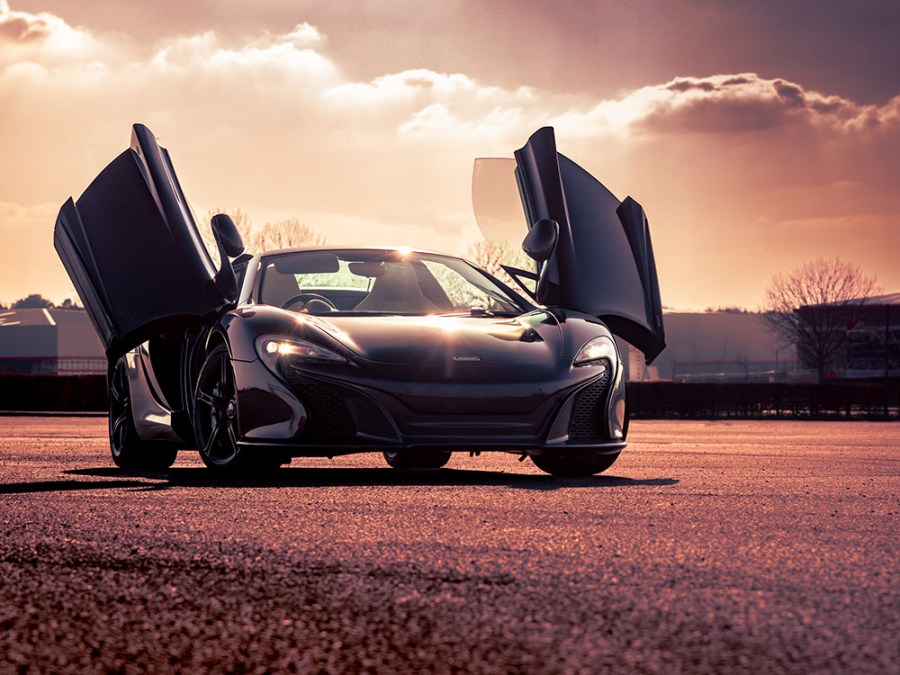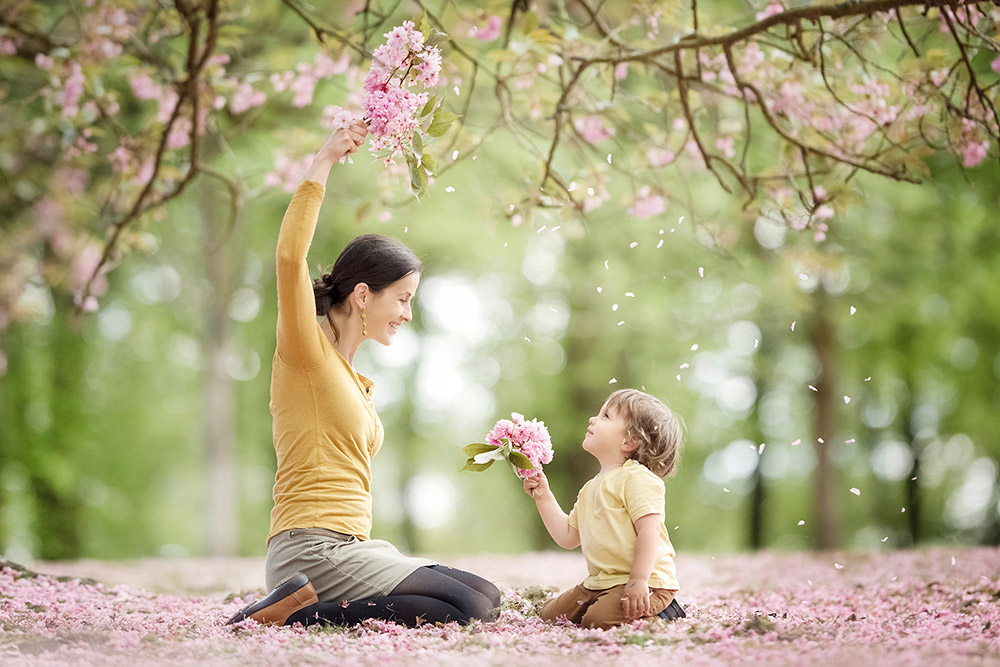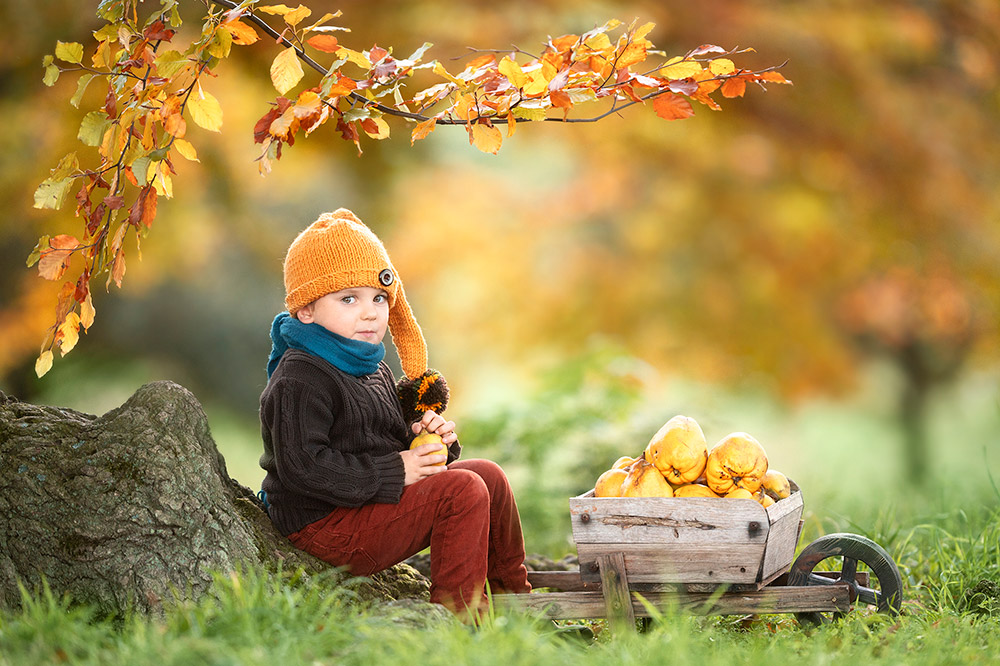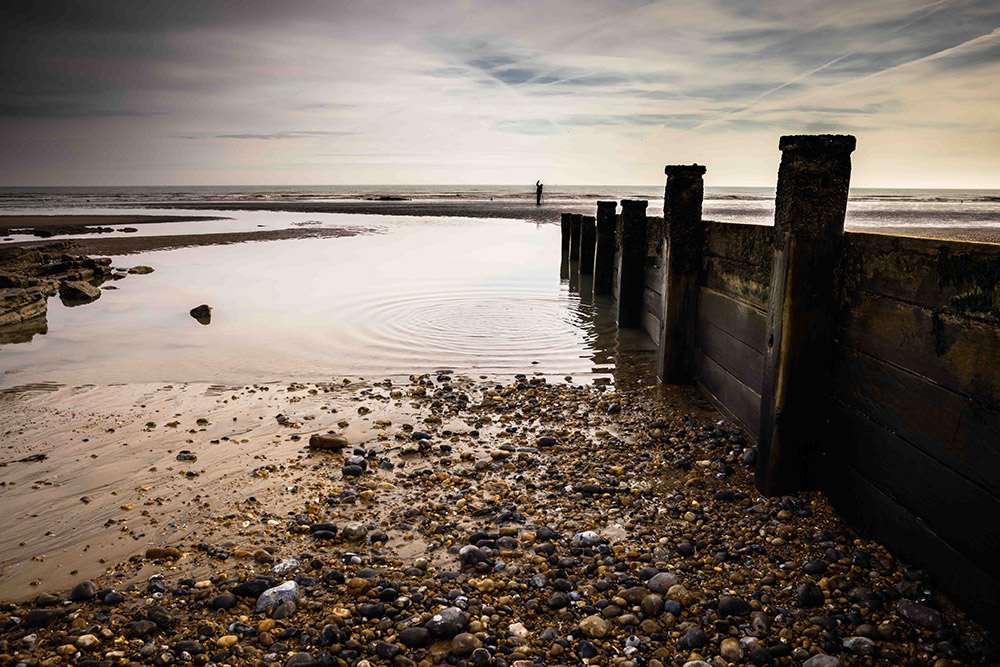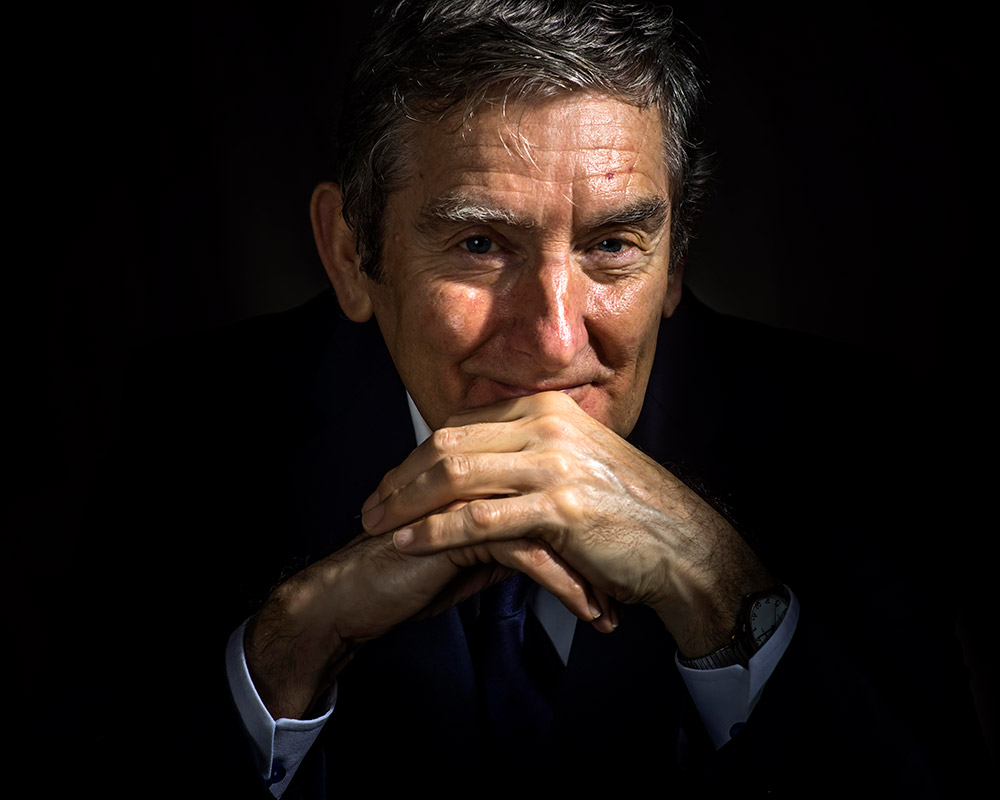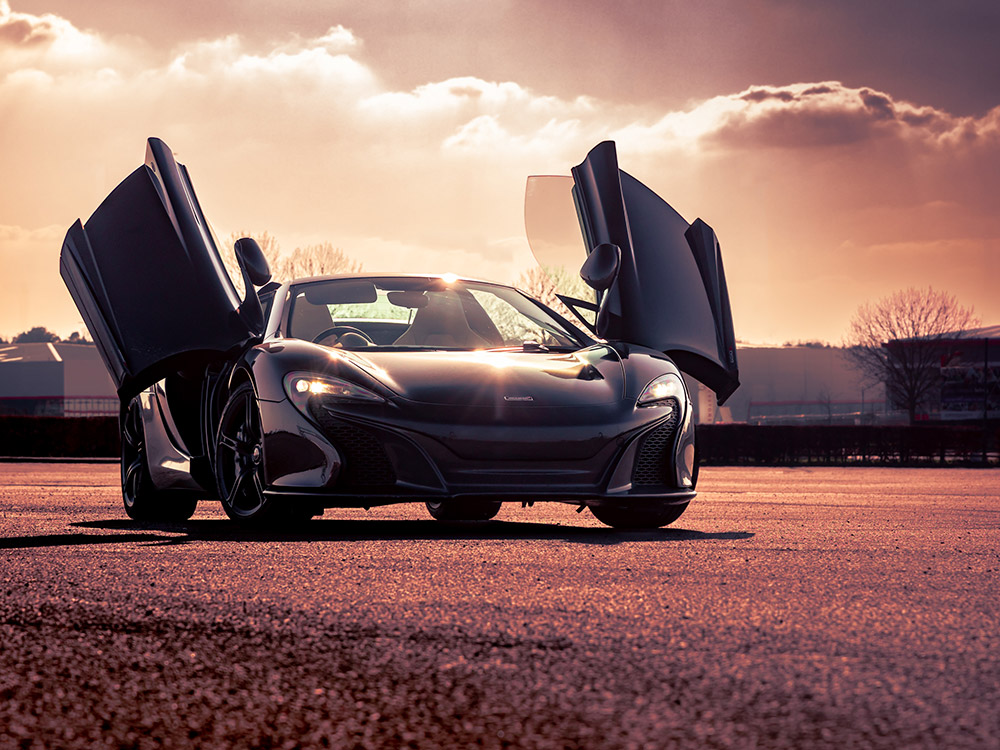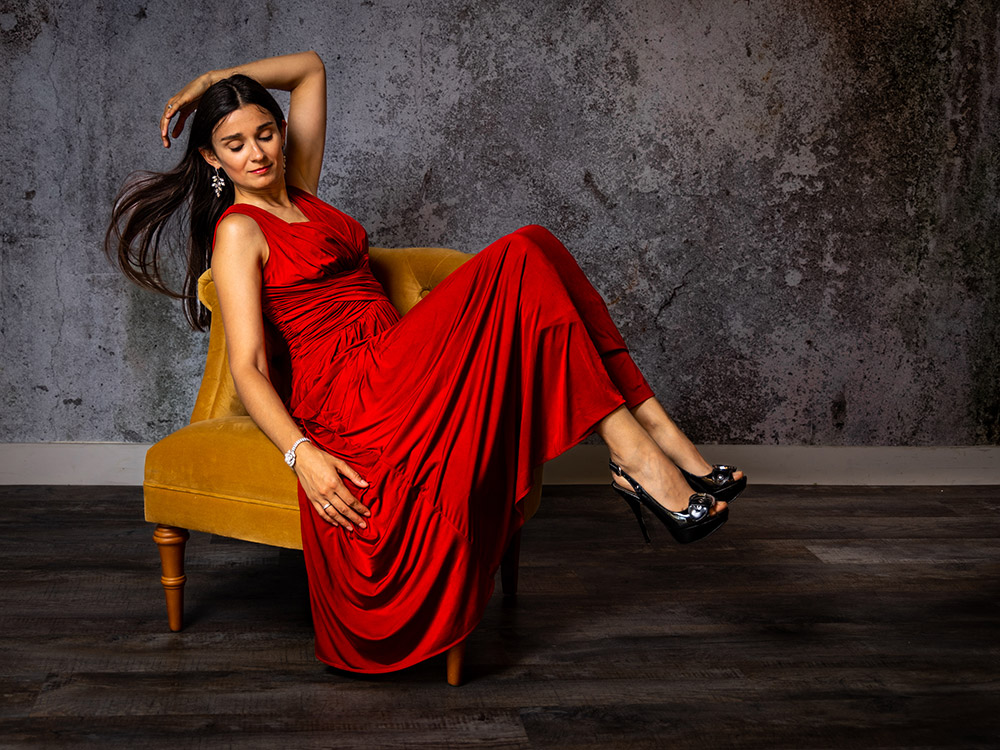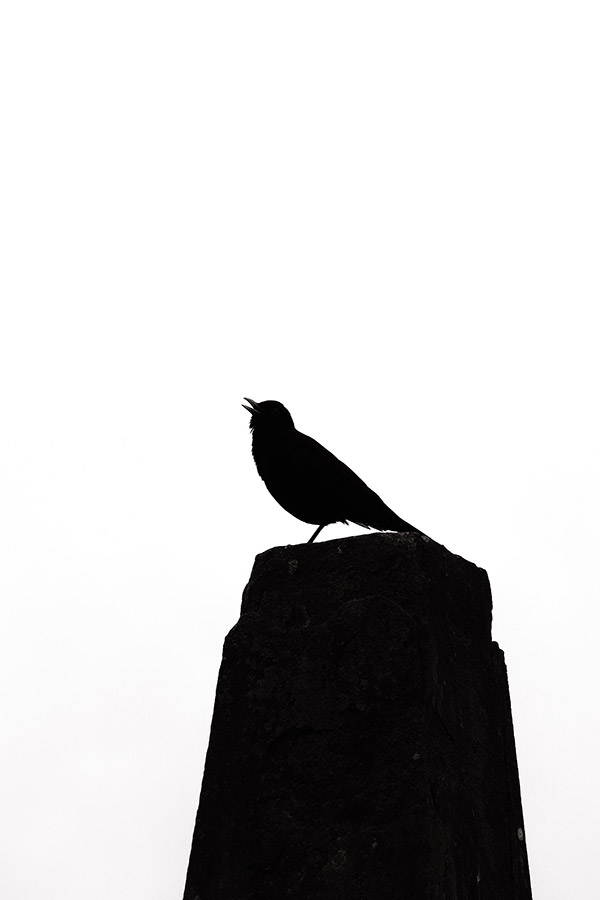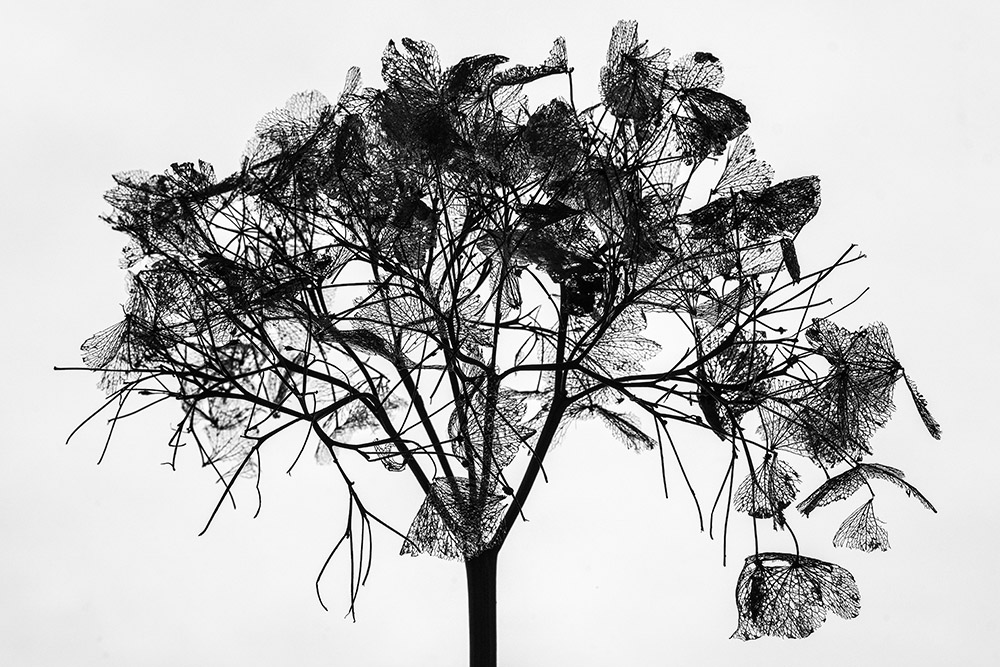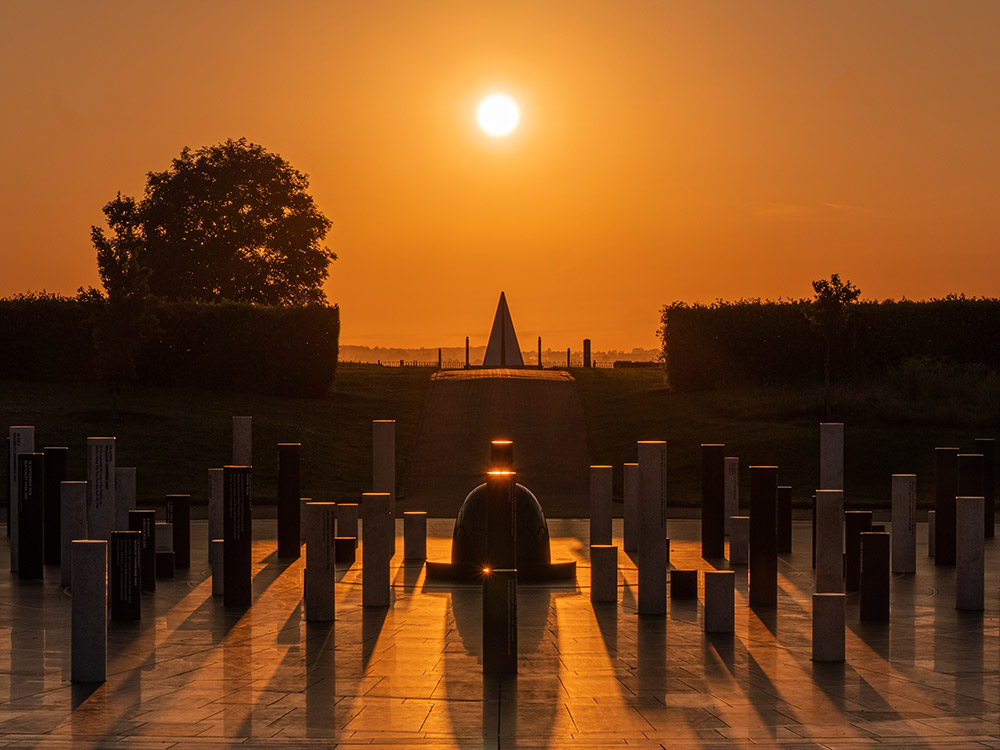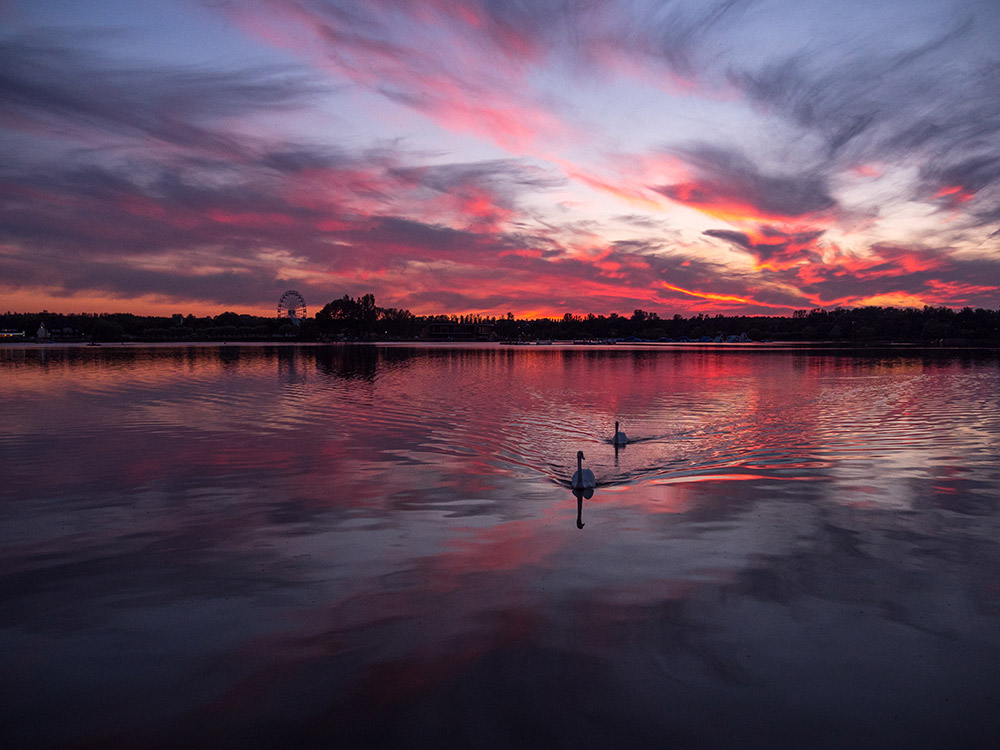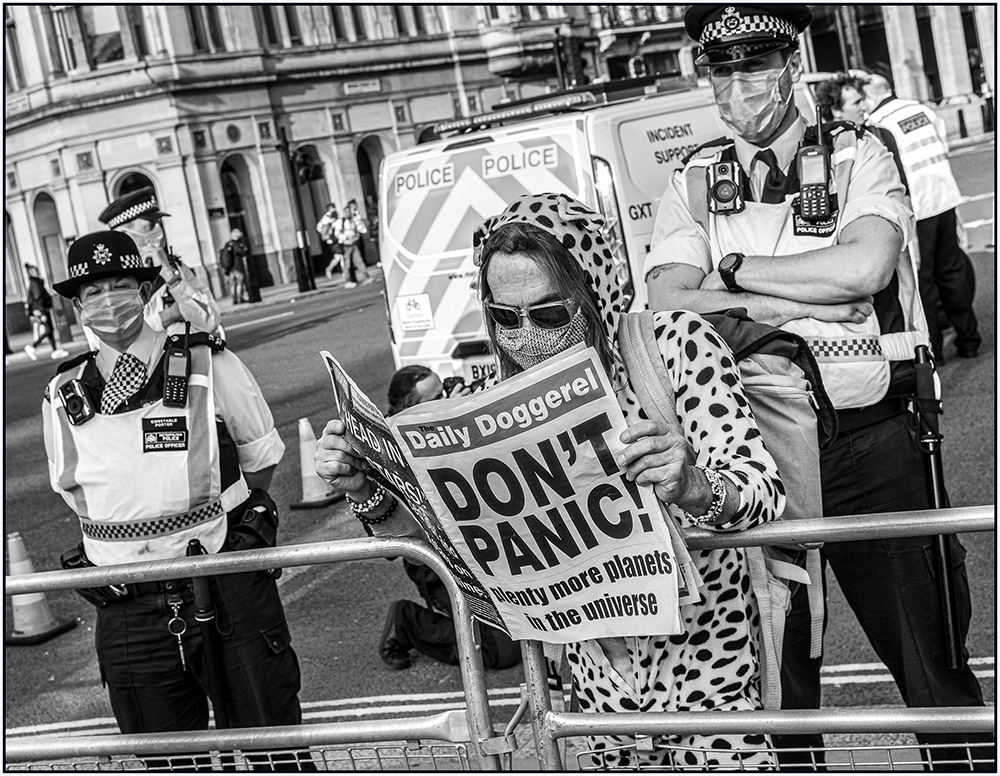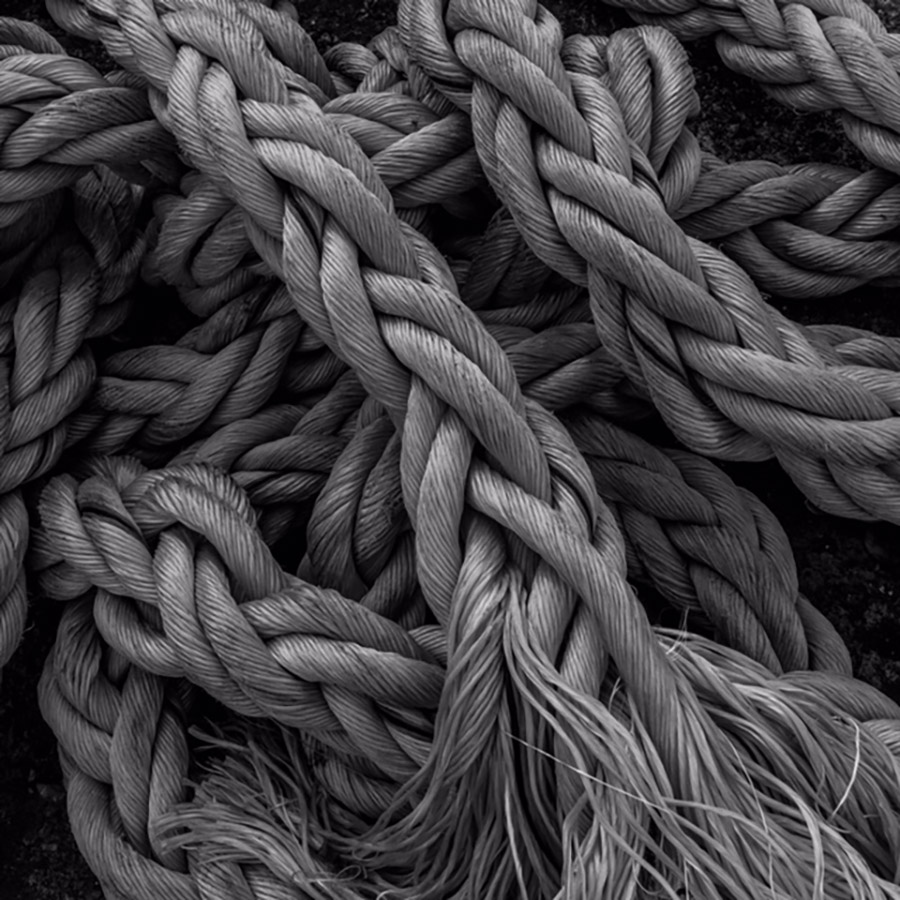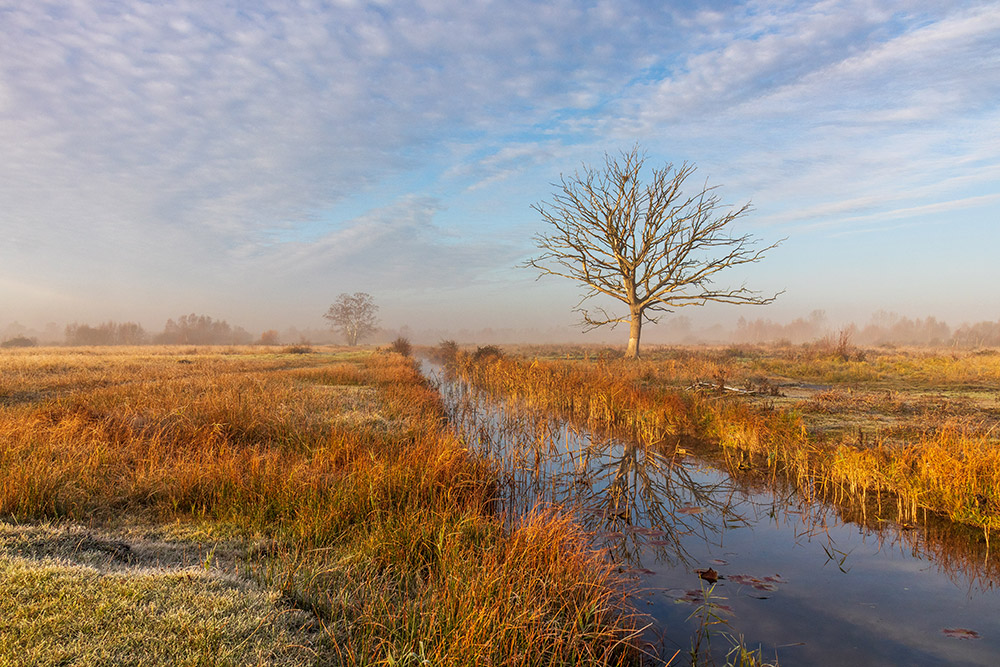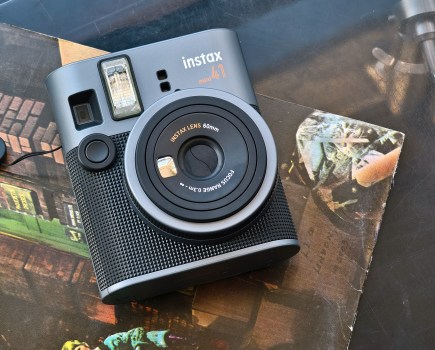We asked our readers to name their favourite mirrorless cameras – so what are fellow AP fans who eschew flapping DSLR mirrors shooting with, and why?
Readers Favourite Mirrorless Cameras
Daniel Baksza
Favourite Mirrorless Camera: Nikon Z 9
Lenses Used: Nikkor 200mm F2, Sigma 85mm F1.4 Art

@heirloomportrait
facebook.com/heirloomportrait
I bought my Z 9 in January. Normally I take children and family portraits, mostly outdoors, and some studio shots too. I love everything about this camera. The autofocus is simply phenomenal, and it only got better with the last two firmware upgrades. The Z 9 is not too heavy, but I wouldn’t call it light either, especially when using it with my favourite 200mm f/2 lens.
I’ve always loved the logical Nikon menu system, and how I can assign different functions to all the different buttons – now not only on the camera itself, but on the Z-mount lenses too. The Z 9 is a bit less forgiving if I am not exposing correctly, and I start to see some noise here and there, which is similar to my old D850, but I love the Z 9 and wish I had two models to shoot with!
Dave Mason
Favourite Mirrorless Camera: Canon EOS R5
Lenses Used: Zeiss ZE Distagon 25mm F2, Zeiss ZE Planar 85mm 1.4
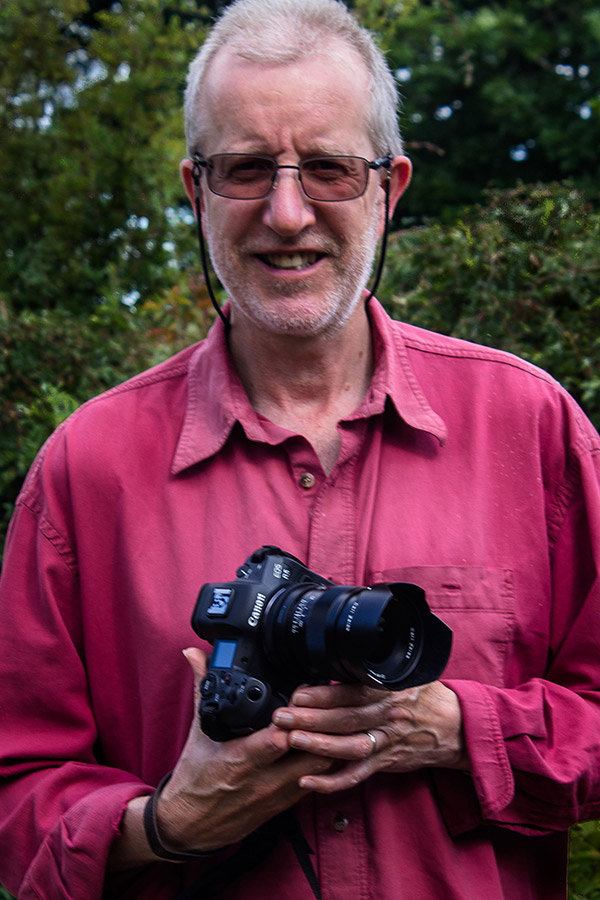
dcharlesmason.co.uk
portraitsby.dcharlesmason.co.uk
I bought the R5 last October, having traded in an EOS 5D Mark IV and an EOS R. Usually I like to take landscapes and portraits. I liked the idea of having a histogram in the viewfinder, and also being able to magnify the view in the viewfinder. The key feature that I really wanted though was the manual focusing aid which consists of two arrows that align when focus is achieved. I only discovered this when I stumbled on a Canon product video and it’s made a big difference. My Zeiss lenses work a treat. I also discovered during Covid that the eye detection worked with a manual-focus Zeiss.
I also love the Canon EF adapter with the control ring, which I use to set aperture. It’s got an old film camera vibe to it. Downsides are few. I don’t know why Canon omitted the capability to swap out the eyepiece surround, as per its DLSRs. I don’t like shooting with glasses on, and at some point I might want to add on a diopter adjustment or a Hoodman-type device for the EVF.
Matthew Goodrum
Favourite Mirrorless Camera: Canon EOS R6
Lenses Used: Canon RF 24-105mm F4 L, Samyang 14mm F2.8 AF and 85mm F1.4
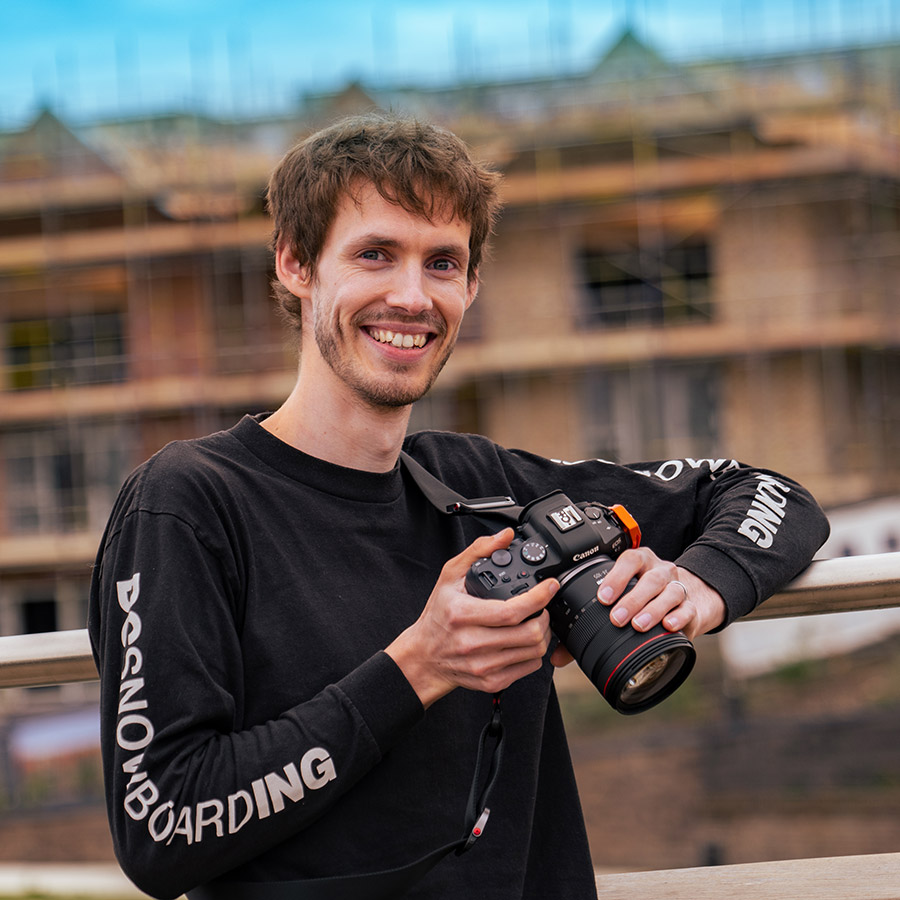
mattgoodrum.com
facebook.com/MattGoodrumPhotography
@matt_goodrum
I bought the EOS R6 in December 2020. I was attracted by the excellent low light and high ISO performance, but I also liked the dials for adjusting settings without the need to open menus. There is nothing I dislike about the camera. My main lens is the Canon RF 24-105mm f/4 L, which I use as a travel and automotive lens.
It’s incredibly sharp and has a very versatile range. I also chose it because it is weather-sealed, doesn’t need an EF adapter and works well for car shoots. I also have the Samyang 14mm f/2.8 AF for wide-field astro and the 85mm f/1.4 for portraits (both now out of production, sadly).
Roger Aubrey
Favourite Mirrorless Camera: Fujifilm X-T3
Lenses Used: Fujifilm 35mm F2, 16-80mm F4 and 55-200mm F3.5
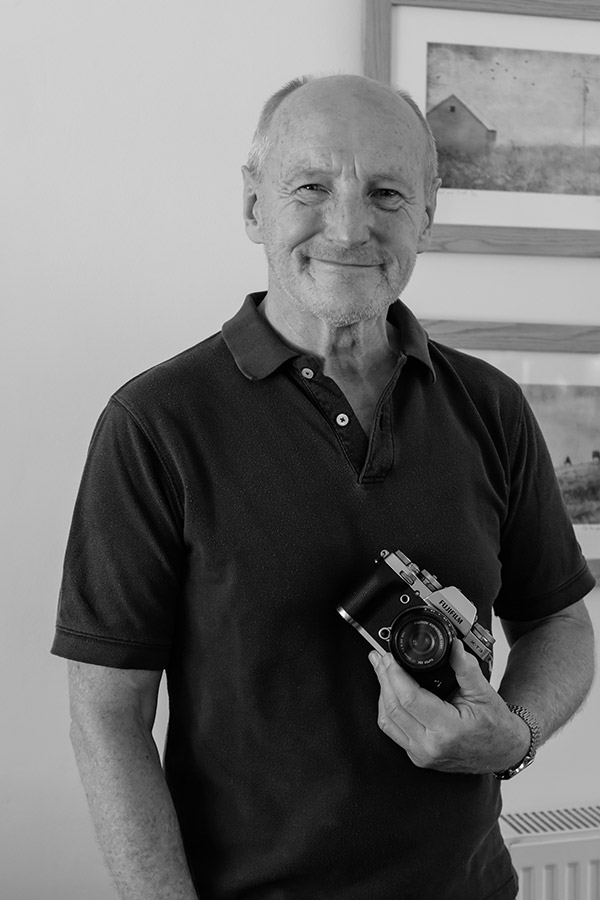
I bought the X-T3 in 2020 after the X-T4 was released and prices came down. I like to shoot whatever takes my fancy, including landscapes, urban, close-ups, and some natural-light portraits. I’m also increasingly attracted to black & white photography. The standout features for me are the physical dials on the body and the aperture settings on the lenses. The X-T3 is just an easy camera for me to use, and its weight is just right. My only real gripe is the limited battery life, as I always have to carry a spare.
Gill Prince
Favourite Mirrorless Camera: Panasonic Lumix G9
Lenses used: Lumix 14-140mm F3.5-5.6

gillprince.com
@gillprincephoto
I bought the G9 in June 2018 as an upgrade from the G80 which I loved, as I was using it for work and needed dual card slots. It also had a higher- resolution sensor and some improved usability features, such as a joystick to move the AF point. I love the ergonomics and ease of use, the customisation flexibility of the function buttons and dials, the size/weight of the available lenses. Plus of course, the excellent image quality.
Other benefits are the silent shutter, live histogram, focus point flexibility within the EVF and so on. I mainly use the Lumix 14-140mm f/3.5-5.6 as an all-round travel lens and then the Lumix 35-100mm f/2.8 and the 42.5mm f/1.7 for portraits.
Graeme Youngson
Favourite Mirrorless Camera: Fujifilm X-Pro 3, Fujifilm X-T30 II
Lenses Used: Fujifilm XF 23mm, 33mm and 50mm

photocrowd.com/photographer-community/62880
I bought the X-Pro 3 in May 2020 and the X-T30 II in October 2021. My two main photographic genres are football and street/documentary, and I began to feel that my older Canon system was too heavy for this kind of work, the lenses a bit intrusive, and also a bit slow. I really like how compact the Fujifilm cameras are. They are also well-laid-out and I love the manual controls, which take me back to my film days.
I chose the X-Pro 3 for its optical viewfinder and dual card slot – the optical viewfinder is a treat to use with my lenses. That said, the EVF is also great. I use this when I want to nail the exposure and/or focus accurately when using a wide-open aperture. It’s very easy to switch between the two viewfinder options, not to mention the highly useful tilt screen as well.
The main downsides are the comparatively complex menu system, and the banding you can get with electronic shutters when used under artificial lights at night. Also when you use flash as your main light source, the EVF renders the view dark. You can alter this by delving into the menu, but I find it a faff, to be honest.
Glynis Pierson
Favourite Mirrorless Camera: Canon EOS M5
Lenses Used: Canon 18-150mm
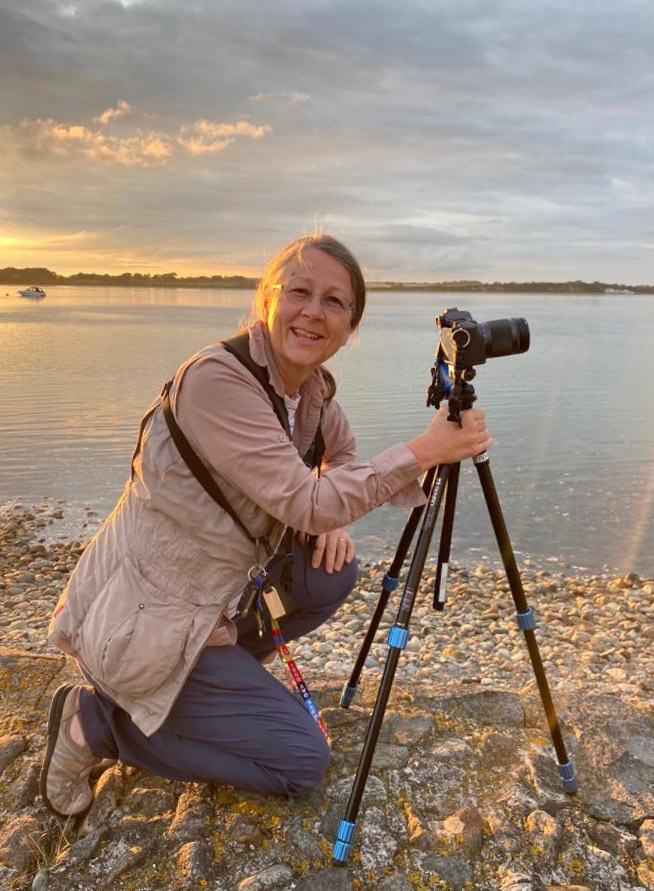
elyphotographicclub.co.uk
@elyphotographic_official
I use my trusty Canon EOS M5 because it’s so lightweight, which is a priority for me. My main interest is nature photography, particularly wildflowers. One sunrise, I borrowed my husband’s Canon EOS 600D and was hooked so I looked into buying a smaller version of this.
It has taken me a long time to get off auto mode on my EOS M5, but finally I learned to shoot in manual and definitely think I have improved (last year one of my fenland landscapes was used in the Fascinating Fens calendar and another image has been exhibited in a local gallery). When I’m out with my M5, I am in the moment – it’s like a Zen experience.
Check out our buying advice and mirrorless camera reviews for more recommendations.
See our buying guides for the best mirrorless camera options: Smallest mirrorless cameras, Best mirrorless cameras, Best full-frame mirrorless cameras, Best second-hand full-frame mirrorless cameras,
Related articles:
Readers share experiences of buying used kit
AP readers share their favourite lenses
AP readers’ share their powerful portrait project

